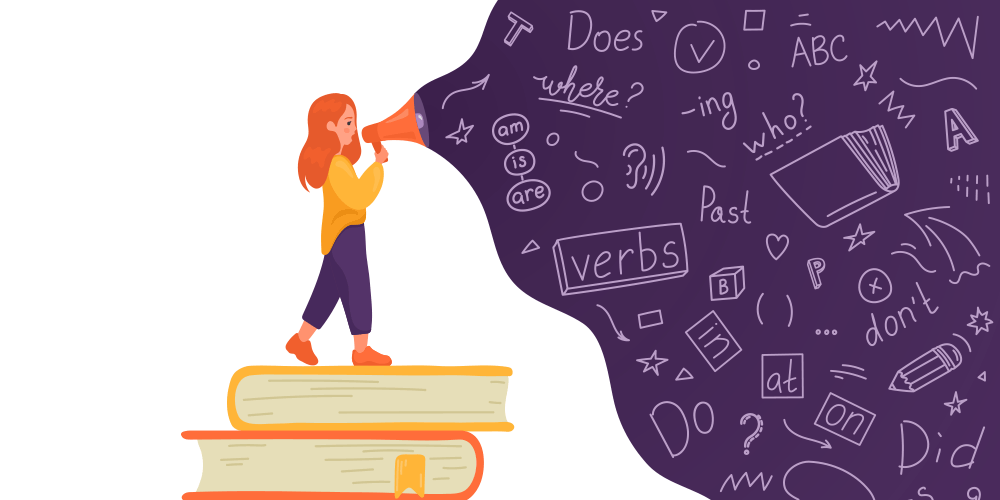Ujjayi breathing, also known as the "victorious breath," is a powerful pranayama technique in yoga. While it offers numerous benefits, including calming the nervous system and increasing focus, it's crucial to understand when to avoid or modify its practice. This knowledge ensures safety and prevents potential adverse effects.
Contraindications and Precautions
- Acute Respiratory Issues: Avoid Ujjayi if you have acute respiratory infections like bronchitis, pneumonia, or severe colds. The forced breathing can exacerbate inflammation and discomfort.
- Low Blood Pressure: Ujjayi can lower blood pressure. Individuals with pre-existing low blood pressure should practice with caution or avoid it altogether. Monitor your symptoms closely if you choose to practice.
- Vertigo or Dizziness: If you experience vertigo or dizziness, refrain from Ujjayi. The altered breathing patterns can sometimes trigger or worsen these conditions.
- Severe Anxiety or Panic Disorders: While Ujjayi can be calming for some, it can be overwhelming for individuals with severe anxiety or panic disorders. The focus on breath and the altered breathing rhythm might induce anxiety. Consider gentler breathing techniques instead.
- Pregnancy (Late Stages): During the later stages of pregnancy, avoid forceful breathing techniques like Ujjayi. Focus on gentler, more natural breathing patterns to support both you and the baby. Consult with a prenatal yoga instructor for guidance.
- Children (Young): Young children may not have the lung capacity or understanding to perform Ujjayi correctly. Focus on simple, natural breathing exercises for them.
- Hyperventilation Tendency: If you tend to hyperventilate easily, Ujjayi might not be suitable. The controlled breathing can inadvertently lead to over-breathing in some individuals.
Modifications and Alternatives
If you have any of the above conditions but still wish to explore the benefits of pranayama, consider these modifications and alternatives:
- Softer Ujjayi: Reduce the intensity of the constriction in the throat to create a gentler sound.
- Shorter Duration: Practice Ujjayi for shorter periods (e.g., 1-2 minutes) and gradually increase the duration as you become more comfortable.
- Nadi Shodhana (Alternate Nostril Breathing): This calming pranayama is often a good alternative for those who find Ujjayi challenging.
- Diaphragmatic Breathing: Focus on deep, abdominal breathing to promote relaxation and reduce stress.
Consultation is Key
It is always recommended to consult with a qualified yoga instructor or healthcare professional before incorporating any new pranayama technique into your practice, especially if you have pre-existing health conditions. They can provide personalized guidance and ensure your safety.
Disclaimer
This information is not intended as a substitute for professional medical advice. Always consult with a qualified healthcare provider for any questions you may have regarding your health.



